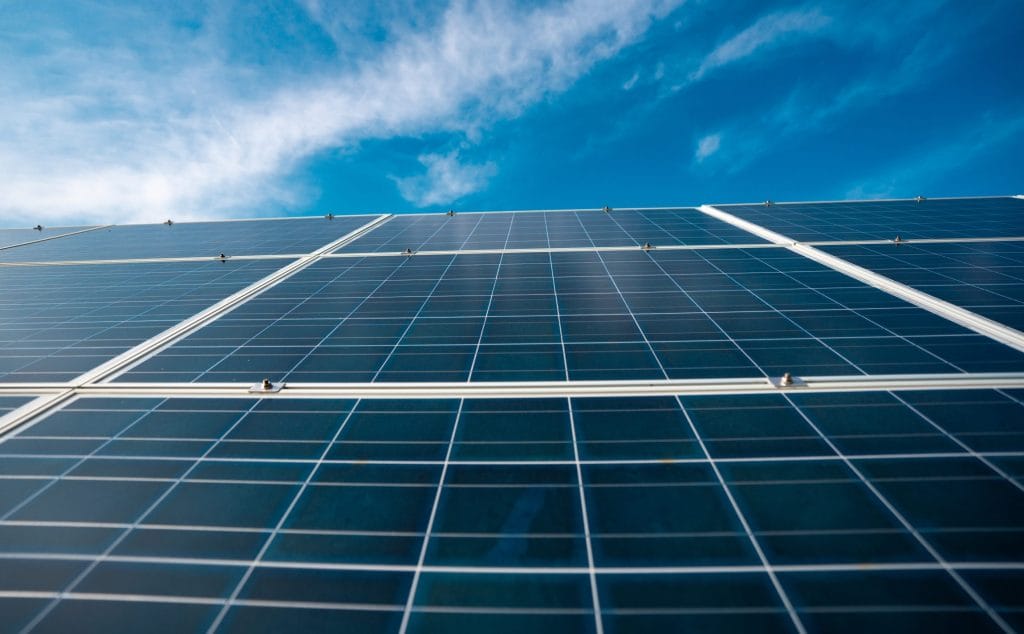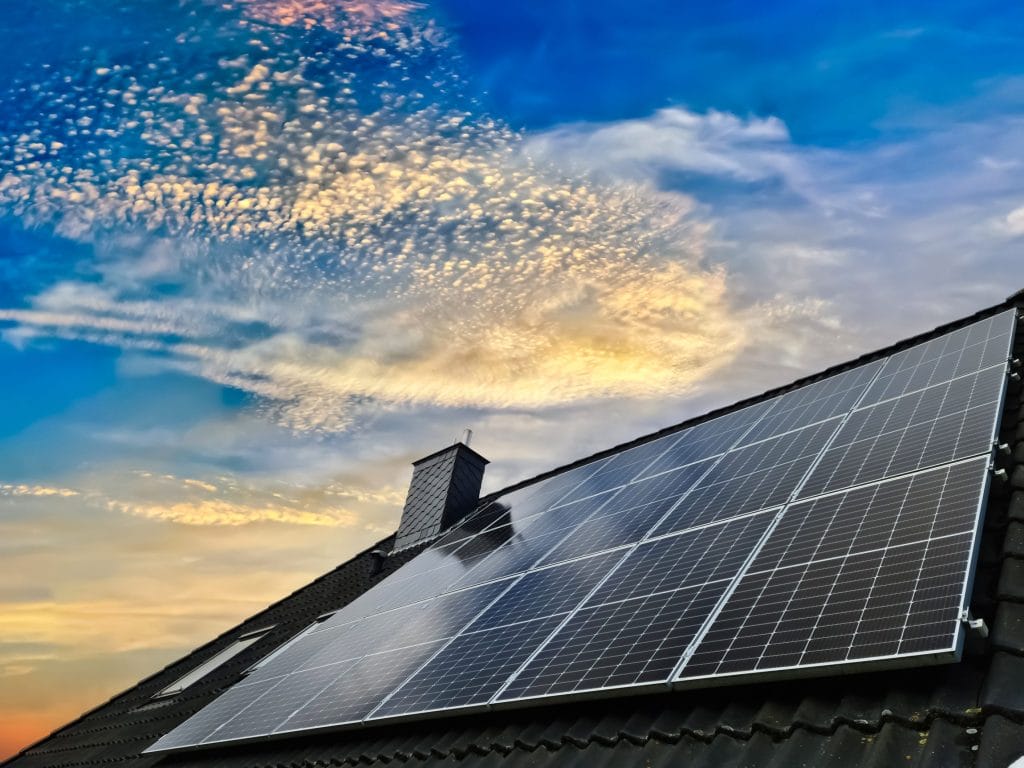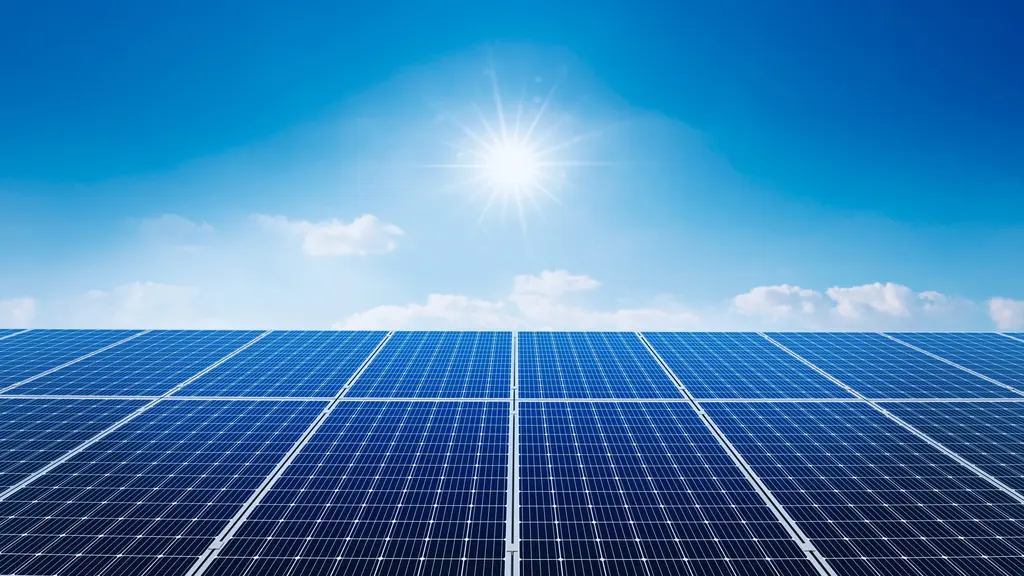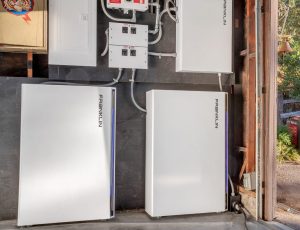Solar shingles are a sleek and exciting new technology. We’re not surprised they’ve peaked the interest of homeowners who are looking for an aesthetically appealing solar solution. Solar shingles are a type of solar energy solution known as building-integrated photovoltaics (PV). They look like normal asphalt shingles and are designed to protect your home, in the way that your roof does now. One solar shingle doesn’t produce a lot of power, but when you string a whole rooftop together, they produce a similar energy output to what you would expect from a roof mounted solar array. They are installed on roof sheathing then are wired together for tie-in to your home’s electrical system.
The History
The 1970s saw the first stages of building-integrated PV: photovoltaic products that were fully integrated with building materials. These applications were largely for remote buildings with no access to the traditional electric grid. In the 1990s PV products designed to blend in with a building’s architecture entered the market. Over time the technology, application and integration of building-integrated PV into the building trade has grown and changed. Solar shingles became available to the public in 2005. As of 2009, building-integrated PV represented 1% of all solar installations worldwide.
Read more about the history and future of building-integrated PV here.
Things to consider before choosing solar shingles over a roof mounted solar array:
- Payback – because the full cost of a solar roof is greater than traditional solar panels and installation, the payback time is longer.
- Efficiency – traditional solar panels have a higher energy density than solar shingles.
- Practicality- the lifetime of solar shingles is less than traditional solar panels.
- Maintenance- While solar systems are a low maintenance technology, the more variables you add to a system, the greater the risk is for something to go wrong. Each solar shingle has its own microinverter, so a whole house system would have many more microinverters than a solar array, which requires one microinverter per panel. For example, a 28-module solar array is equivalent in energy output to a solar shingle array with 136 shingles. Each system requires one microinverter per unit.
- Timing- The availability of product and number of installers who can or will install solar shingles is limited. With the Investment Tax Credit for solar dropping down to zero in 2022, we don’t foresee large quantities of product or solar shingle installers putting up systems before this incentive drops. Additionally, it looks like there have been some hiccups in production of this product.
In Conclusion…
When shopping for solar there are certainly questions, you’re asking about the technology you are planning to purchase: should I wait for better technology? Am I choosing the product with the fastest payback? Which solar solutions look good enough to put on my home?
When it comes to solar shingles, our advice is not to wait around. The traditional solar array is a tried, true and optimized technology with the best power density, efficiency and installation cost.
Don’t get us wrong –we’re excited to start seeing solar technology integrated into normal building materials. This will mean big things for the future of building and energy production. Utilizing every built surface imaginable to harness the power of the sun is the world we’re aiming for.
We don’t think the technology is there yet – quite yet.










